TPE – Type of Psychic Energy. Associative model by Olga Tangeamnn.
From the perspective of socionics, each person possesses one of sixteen types of information metabolism. If we consider information and energy as something mutually connected and one-piece, then it is possible to assume that man is also a carrier and the spokesman of psychic energy of a specific type.
The question is: what types of psychic energy (TPE) are considered in the associative model? The Butterfly model refers to the dynamic structure of psyche on the basis of compensation between the different types of psychic energy, which are associated with four components of the structure of the personality: with the Ego, Id, Superego and Superid. In order to understand what is meant by these terms, let us turn to the theories of the personality of Sigmund Freud and Carl Jung…
Freud believed that internal conflict is inevitable and natural for any personality, because the Ego has to satisfy the contradictory needs of the Id and Superego. Psychoanalytical theory often refers to his theory as the theory of instincts, because the development of personality is considered to be a part of sexual development and specifically the development of sexual instinct (libido). Freud insists that childhood is of great importance for the development of personality. This is a critical age, because at this time the psychological profile of a person is embedded. The personal experiences associated with the development of sexual instinct are suppressed and pushed out of the consciousness into the deeper levels of personality forming the individual unconscious (IU).
Jung, on the contrary, did not attach critical value to the development of sexual instinct in childhood, suggesting that heredity in many respects defines the ways in which an individual will react to life situations and what life experiences the person will go through. Jung attached special importance to the experience of previous generations, unconsciously transferred from generation to generation in the form of internal potential, templates of behaviour, in the form of innate mental structures or ‘archetypes’. Archetypes form the content of collective unconscious (CU) and are expressed “in the patterns and the motives, which are the basis of the general human symbolism of dreams, myths and fairy tales”. (6)
For example, the fear of darkness, spiders and snakes can be attributed to instinctive templates of behaviour. It is much easier for us to develop those fears and phobias, which our ancestors possessed. Unconscious fears, which we sometimes cannot explain, arise from the negative experiences of our predecessors and they are a natural part of our heredity and our unconscious (5).
The collective unconscious contains four basic archetypes: the persona (mask), the anima/animus, the shadow and the self. The semantic content of the shadow archetype in many respects determines the meaning of the block Superid in the Butterfly model. The shadow is the source of creativity but simultaneously has a potential and a tendency towards destruction. This mental structure is inherited from those life times of humanity, when all concerns were reduced to the instincts of survival and the continuation of mankind. It is considered to be a “dark part” of the personality, since it includes the potential for destruction. Just like the Id, this component of the personality is amoral and does not distinguish good from evil. The shadow acts on the basis of animal instincts, which are capable both of self-sacrifice for their posterity and of coldblooded killing of other creatures similar to themselves. The innocence of this behaviour is in the fact that animals act upon their instincts and do not possess the freedom of personal choice.
When we refer to the notion of a balanced personality we mean a harmony between the opposites such as mind and heart, the soul and body. On the basis of the unity of opposites within the psyche, the author associates the types of psychic energy (TPE) with socionics’ functions, and those in turn with the colour of chakras. (9). As a result, the sixteen personality types were divided into four groups:
1.Ego-types – rational extroverts. Extroverted functions: Fe (red) and Te (orange).
2. Id-types – irrational extroverts. Extroverted functions: Se (yellow) and Ne (green).
3. Superid-types – irrational introverts. Introverted functions: Ni (blue) and Si (dark-blue).
4. Superego-types – rational introverts. Introverted functions: Ti (violet) and Fi (purple/pink).
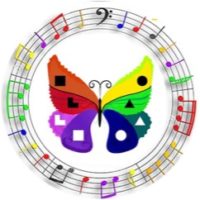
Picture 1. Association between colours and functions in socionics.
Superid – group of types relates to introverted sensing Si and intuition of time Ni and includes 4 types Gabin (SLI), Dumas (SEI) Yesenin (IEI) and Balzac (ILI). This is a retirement age in the evolution of quadra values. We are slowly coming to the end of earthly existence. As a plant, dying, enriches the soil with chemicals, so the people do not die in vain. Everything we do in life will help the future generations. During the Ego and Superego- periods person makes his own kind, and everything that is necessary to sustain life. The time comes when the physical body wears out and requires replacement. This is a moment of truth, observation and reflection on the whole process of life. Superid-period is characterized by a mirror effect (when the real life is reflected in the past and the future) and warning: there is an end to existence – think twice before you act. No need to fuss and worry in vain, since you already at the top of the mountain. You’ve seen everything and done everything you know about everything. No fear of death. Emphasis is on the non-material existence and immortality. What is beyond the life? The world of imagination, inner peace, tranquillity and eternity.
Superid-types are strongly in contrast comparing to the Ego-types. Unlike Ego-types, they do not have a goal to impose their will to others. They do not tend to manage others and control the situation but at their best they are able to adjust themselves and bring subtle changes to the environment. Their influence on the circumstances and people around them is not obvious compared with the influence of Ego-types. Superid-types know how to create the relaxed atmosphere of nonintrusive communication, soft touch, humour and comfort. Superid-types find themselves often sinking into their inner world, which serves them as a source of inspiration and creation.
The inner world of such people is fragile and mobile. They subtly respond to the slightest changes in the surrounding environment. Knowing the sensibility of its nature, Superid-types spend a lot of time in loneliness, philosophising and thinking about themselves, their needs and trying to protect themselves from the destructive influence of the outside world. Unlike other types, this type of person can adapt to the adverse conditions of the surrounding environment, consuming the minimum of efforts to find a way out from the difficult situation with minimal losses. They possess the ability to keep their heads down in bad times and successfully live through the storm. Searching for the way out of a critical situation, they rely on their subjective perception which serves as a compass. Superid-types possess a sophisticated imagination, allowing them to imagine not only what really has happened but also what is going to happen and what is never going to happen. These people show a special interest towards animals and like to observe changes in nature. They are very perceptive!
Superid-types are the bright exponents of the ‘Superid’ psychic energy, which is, according to Associative theory, correlated with dark colours with black and blue in particular. Each mentioned colour endows the carrier of this type of energy with special characteristics.
Black colour – symbolises the mystery of the night and the imaginative, inner world of a person. Those who choose black colour carry a love for everything mysterious, unknown, and unclear, appearing mysterious to others.
Blue colour– brings in the condition of physical relaxation and emotional calmness and is associated with the freshness and coolness of water during a hot summer afternoon. Blue is associated with the endless blue sky and a feeling of detachment and spaciousness. The blue colour tones up, cools and calms the fiery emotions.
Representatives: Bjork, Amy Winehouse, Liev Shreiber, Simon Cowell, Dido, Duffy, Mylene Farmer, Mika, Lana Del Rey, Helen Mirren, Marilyn Monroe, Paul McCartney and etc.
Superid prose. I. Belezkaya
“Winter again … I do not like the winter – cold. I love the feeling of cleanliness and the smell of wet snow. The soul dissonance. I would like to bundle up warmly, internally freeze and look, look … at these trees and shrubs in the snow. There comes a sense of peace and eternity. And you want to be in this … and soak it for a long time until it will be enough.

Can’t do it at once. The thoughts are active as usual, the heart pounding, quickly create a list for the day, for a week – and the rush started. Then look in the window – and again peace and eternity … everything slows down again, look at the monitor – a surge of activity … And now consciously look out the window and calm down, slow down … so a few times like that.
Finally feel slowed down, I breathe freely, not in a hurry … Harmony and silence. Things are not going anywhere. With first snow!”
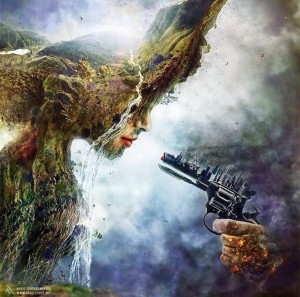
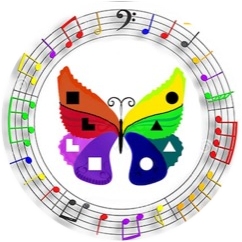



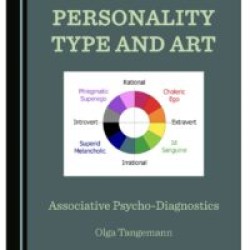
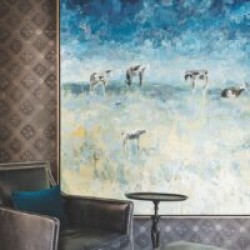

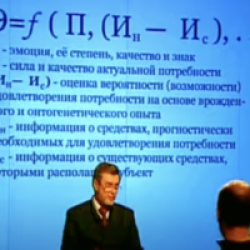
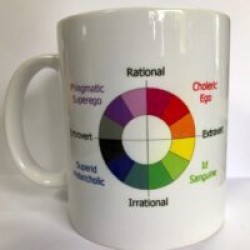

Recent comments